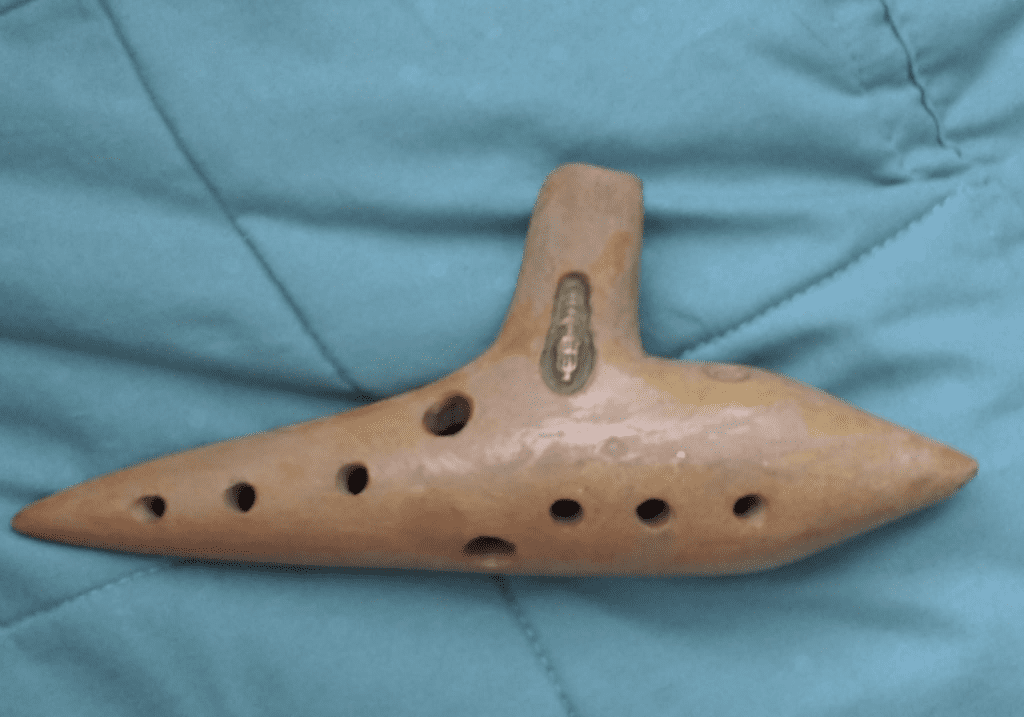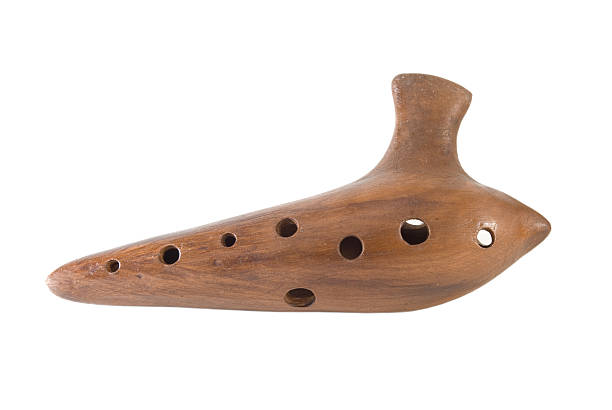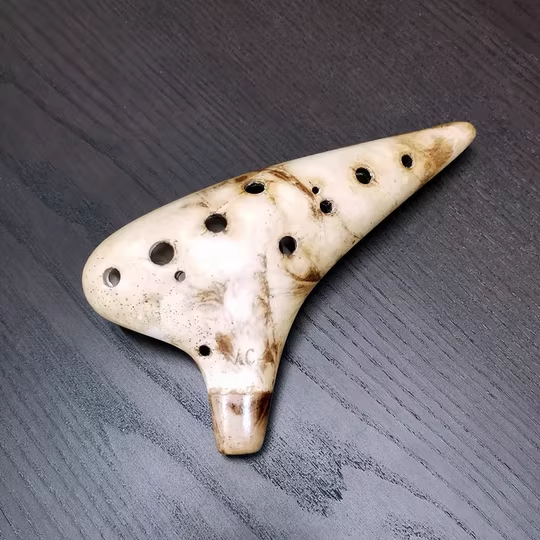A Casual Thrift Store Trip That Turned Into an Unexpected Treasure Hunt
You know those random days when you wander into a thrift store with no real purpose—just killing time, maybe hoping for a quirky mug or a vintage t-shirt? That’s exactly how my day started. No shopping list, no expectations, just me strolling through shelves packed with forgotten knickknacks. And then, like something out of a movie, I spotted a weird little object that looked like a submarine… or maybe a whistle. Honestly, it resembled a potato with holes.
It was just sitting there, surrounded by old teapots and chipped figurines. I picked it up, turned it over, and noticed an inscription: “Ant. Canella Ferrara, Italy.” I had no clue what it was, but the handmade glaze, the elegant curves, and the dollar price tag told me one thing—it needed to come home with me.

The Discovery: From Whistle to Musical Relic
When I got back, I started digging online. Within minutes, I realized this wasn’t just some ceramic trinket. What I’d picked up was an ocarina—a wind instrument with deep cultural roots—and not just any ocarina, but a handmade piece by Antonio Canella, a renowned craftsman from Ferrara, Italy.
I was floored.
These instruments date back centuries, with versions popping up in ancient China, Central America, and across Europe. The sweet-potato design (yes, that’s what it’s actually called) with finger holes became popular in the mid-1800s, thanks to Giuseppe Donati in Budrio, Italy. Canella carried on that tradition in Ferrara, a city famous for ocarina-making. His instruments are now sought after by both musicians and collectors for their distinctive craftsmanship and hauntingly beautiful sound.
Video : Playing my 120 YEAR OLD ocarina for International Ocarina Day!
The Ocarina Itself: A Work of Art
This little ceramic gem turned out to be a ten-hole transverse ocarina. It’s finished in a rich brown glaze with a faint golden stamp near the mouthpiece. It has ten finger holes on top and a thumb hole underneath. As soon as I held it, I knew it was special. It had that handmade weight—solid, textured, and just screaming “crafted with care.”
Out of curiosity, I gave it a gentle blow. What came out wasn’t just sound—it was a whisper from the past. The tone was soft, airy, and completely unique. It didn’t screech like a plastic recorder or chime like a flute. It had soul. Every note felt like it came with a story.
From Dollar Find to Priceless Feelings
Let’s talk numbers for a second. A quick look at online listings showed that Antonio Canella ocarinas typically sell for $30 to $100 depending on their condition and rarity. Some pristine ones even fetch more than $120. I got mine for one dollar. One. Dollar.

And yes, it had a few imperfections. But it played beautifully and looked amazing on a shelf. It wasn’t just a bargain—it was a time capsule, a musical artifact, and an unexpected highlight of my week.
Why the Ocarina Is More Than a Novelty
Here’s the thing—ocarinas aren’t just instruments; they’re conversation starters. Every time someone sees it, they ask, “Is that the Zelda thing?” or “What is that?” It sparks curiosity, and suddenly I’m talking about music history, Italian craftsmanship, and that one random thrift store trip that paid off big time.
And let’s not forget the sound. It’s soothing, dreamlike, almost meditative. If a flute is a clear mountain stream, the ocarina is a foggy forest at dawn. It doesn’t try to impress—it gently invites you in.
Video : Song of Time on Ocarina
A Hidden Gem With Centuries of Legacy
What makes this find even cooler is the story behind the craftsman. Antonio Canella’s work is part of a long-standing Italian tradition. Ferrara became a hub for ocarina-making after Donati revolutionized its design. Canella didn’t just copy the blueprint—he elevated it. Each piece reflects a blend of art, culture, and meticulous attention to detail. You’re not just buying an instrument; you’re holding a piece of musical history.
Why You Should Always Flip Things Over
So what’s the takeaway from all this? Never underestimate the power of curiosity. That strange object you almost didn’t touch might be more than it appears. Flip it over. Look for inscriptions. Feel its weight. Ask questions.

Whether you’re a seasoned collector or just someone who enjoys beautiful things, items like this remind us that history lives in the everyday. Music, art, tradition—they’re not locked in museums. Sometimes they’re gathering dust between a lamp and a VHS tape at your local thrift shop.
Conclusion: Hidden Treasure in Plain Sight
That day I walked into the thrift store looking for nothing. I walked out holding something that would teach me about craftsmanship, music history, and the thrill of discovery. What I thought was a silly piece of ceramic turned out to be an Antonio Canella ocarina, a piece with value, charm, and a voice of its own.
So next time you see something odd on a thrift store shelf, don’t brush it off. Pick it up. Examine it. Be curious. You never know—what looks like junk might just be your next unforgettable find.